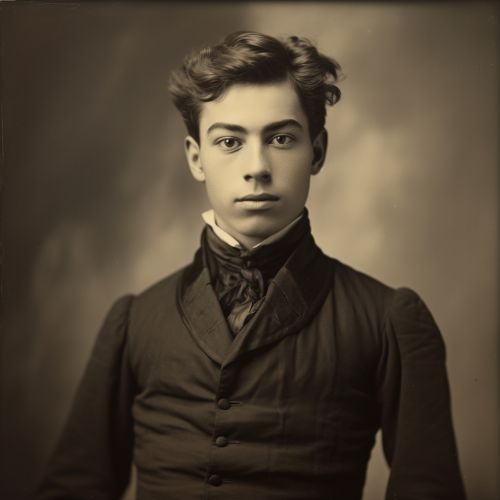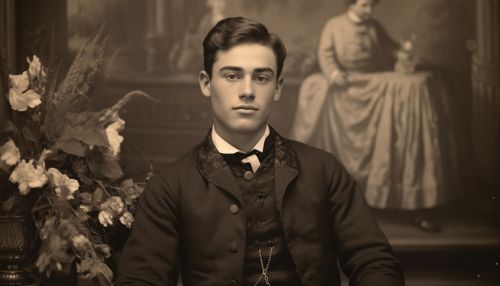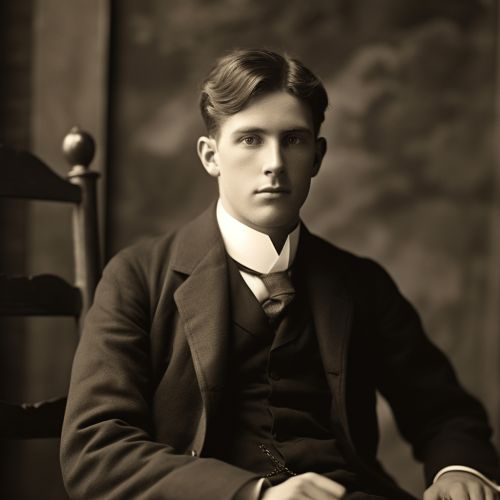Henry Marshall Tory
Early Life and Education
Henry Marshall Tory was born on January 11, 1864, in Nova Scotia, Canada. He was the son of Charles and Christina Tory. His early education was completed in the local schools of his hometown. He later attended the Dalhousie University, where he graduated with a Bachelor of Arts degree in 1888.


Career
In 1890, Tory started his career as a mathematics teacher at the University of New Brunswick. His dedication and hard work led him to become the president of the University of Alberta in 1908. He was instrumental in the establishment of the university and its early development. Tory's vision and leadership played a key role in shaping the university's direction and growth.
During his tenure as president, Tory was also involved in the establishment of the Khaki University and the University of British Columbia. His contributions to the field of education and his efforts in promoting higher education are well recognized and respected.
Contributions to Education
Tory's contributions to the field of education are numerous and significant. He was a strong advocate for higher education and believed in its power to transform society. His vision and leadership led to the establishment of several universities and educational institutions in Canada.
One of his most notable contributions was the establishment of the University of Alberta. Tory played a crucial role in its inception and development. He served as its first president and was instrumental in shaping its direction and growth. Under his leadership, the university grew and flourished, becoming one of the leading institutions of higher education in Canada.
Tory was also involved in the establishment of the Khaki University, a unique educational institution created to provide educational opportunities for soldiers during World War I. His efforts in this regard were highly appreciated and recognized.


Later Life and Legacy
Tory retired from his position as president of the University of Alberta in 1928. However, he continued to be involved in educational activities and initiatives. He served as the president of the National Research Council of Canada from 1928 to 1935.
Tory passed away on February 6, 1947. His contributions to the field of education and his efforts in promoting higher education have left a lasting legacy. Several institutions and awards have been named in his honor, recognizing his significant contributions to the field of education.
